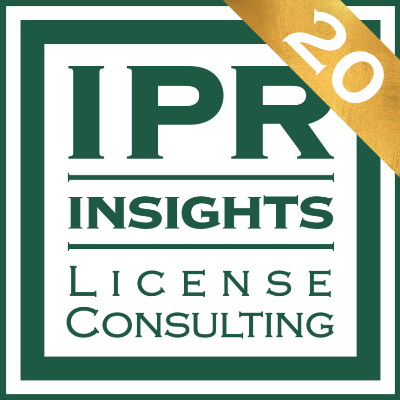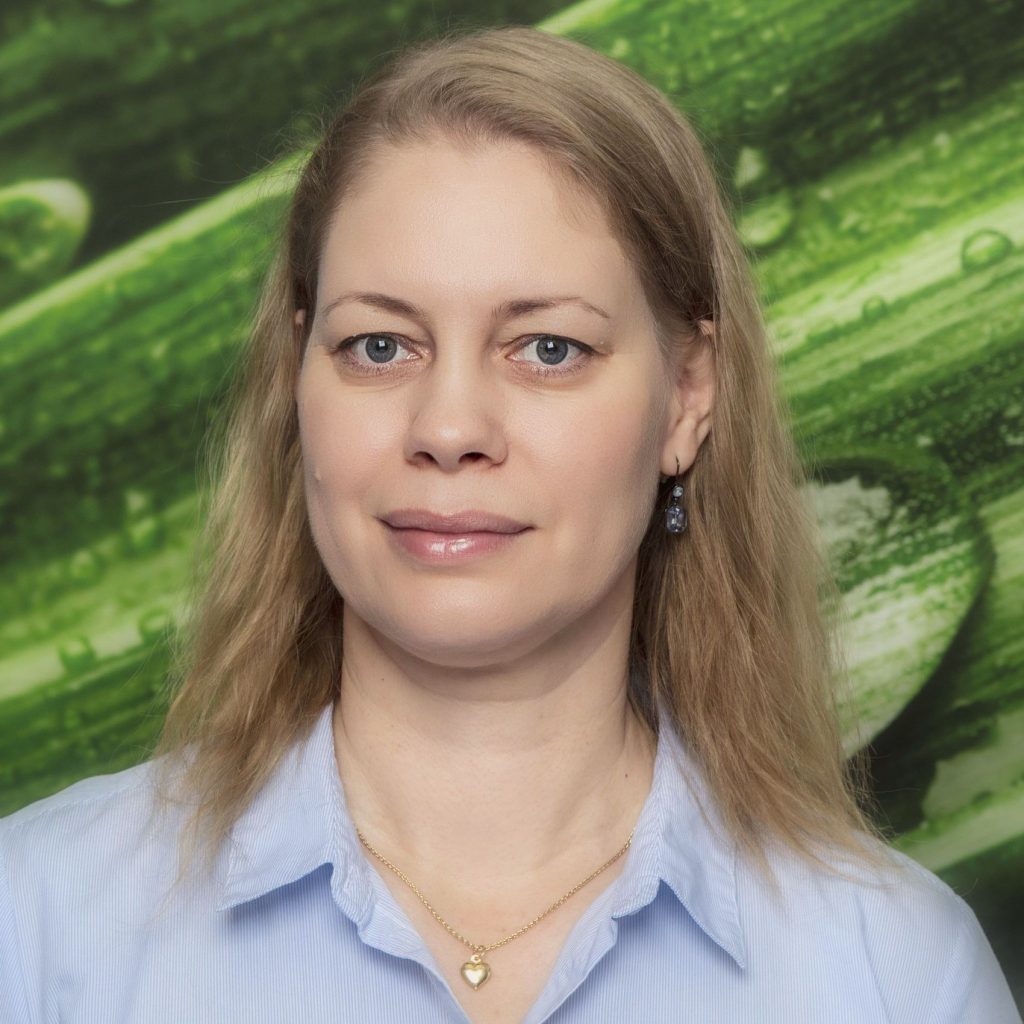A June article published by The ITAM Review, well summarizes the current characteristics of the second-hand software market, pointing out that the second-hand software trade has existed for more than 10 years and has great potential for growth.
The growth potential is generated by the unity of the enterprise software assets (most notably the widespread adoption of Microsoft desktop applications) and the migration to cloud-based solutions. In the former case, the advantage is also the disadvantage: the “most liquid” – and perhaps the only truly marketable – products are the Microsoft desktop applications in the second-hand software market.
For these products, software maintenance (Software Assurance – Microsoft SA) rarely provides any additional real benefits to users beyond version tracking (this topic was covered by Tibor Vincze’s article series), so in many cases, earlier versions available as second-hand software are great. Application compatibility considerations, the cost of technical upgrading and training costs, and the needlessness of new features may all justify the use of a previous version.
Server products would be different, but we have found that, for example, licensing an earlier version of database software can completely license a data center cluster and be up to 80% more cost-effective than a new purchase. With the move to O365 / M365 solution packages, a large number of on-premise licenses are now becoming redundant for users, spinning the market for sellers. The biggest benefit, of course, is that the cost of second-hand software can represent a significant saving over a newly purchased license, and the revenue from the sale of your unused software is a windfall.
Of course, there are legal risks. Although nowadays, such license transfer tools are well-established and widely accepted, the question always arises: is my second-hand software license from a legitimate source? As detailed in Dr. Tamás Hegedüs’s article, it is extremely important for us to be fully aware of all the risks involved, even with the help of an expert, because one has to be sure that these are properly documented and providing the necessary guarantees. This way, the risk is not only manageable but also ruled out.







































